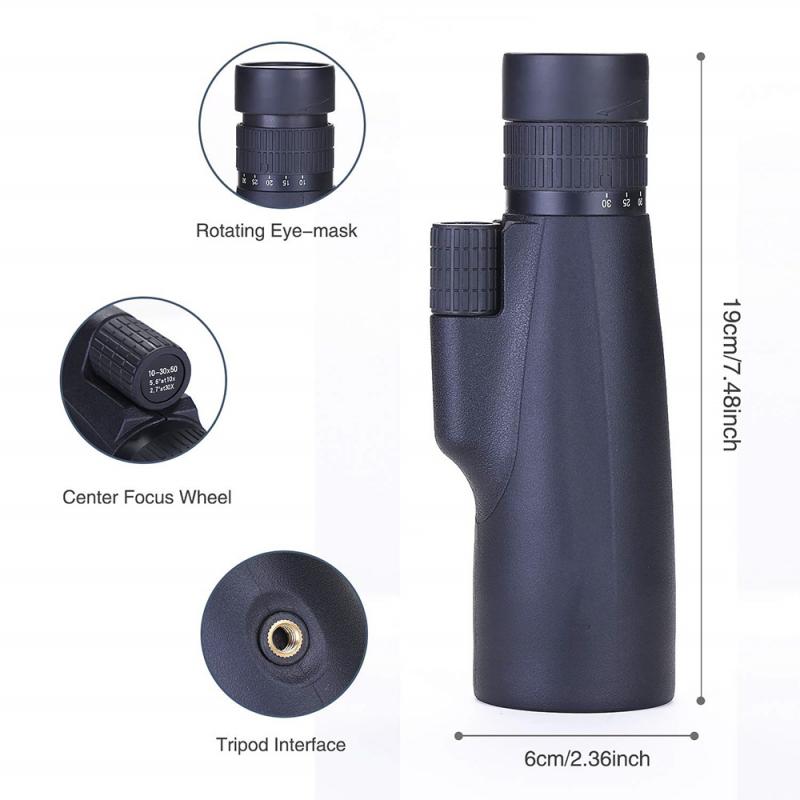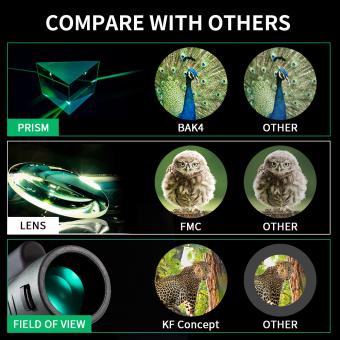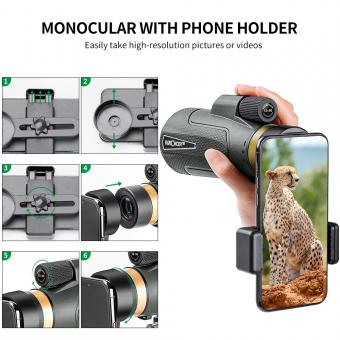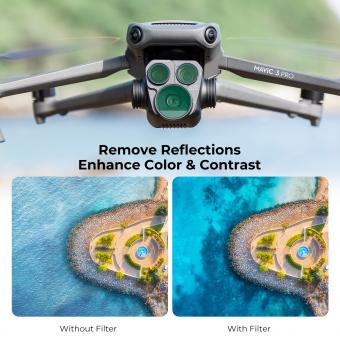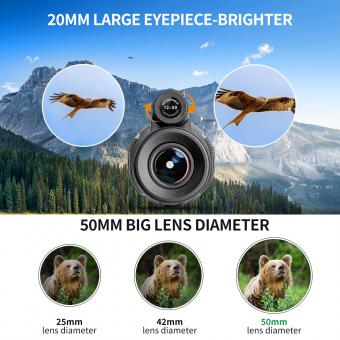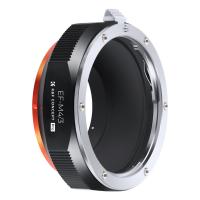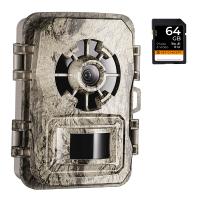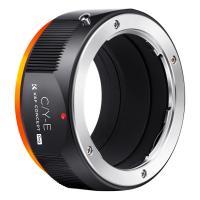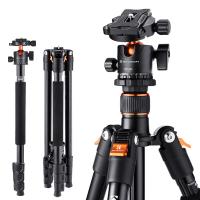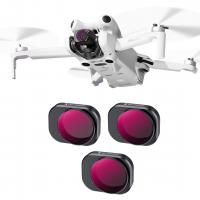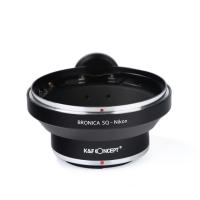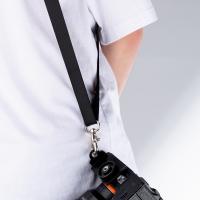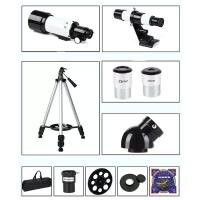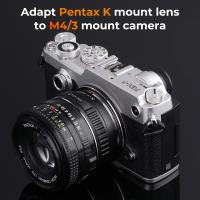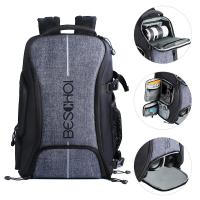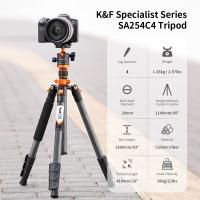What Is A Monocular Cue For Depth Perception ?
A monocular cue for depth perception is a visual cue that can be perceived with only one eye. One example of a monocular cue is known as linear perspective. This cue refers to the fact that parallel lines appear to converge as they recede into the distance. By perceiving this convergence, our brain interprets it as a depth cue, allowing us to judge the relative distance and depth of objects in our visual field.
1、 Relative size: Objects closer appear larger than distant objects.
Relative size is a monocular cue for depth perception that helps us perceive depth and distance in our visual environment. It refers to the fact that objects that are closer to us appear larger than objects that are farther away. This cue allows us to judge the distance between objects and ourselves, as well as the size of objects in relation to each other.
When we look at a scene, our brain uses the information provided by the relative size of objects to make inferences about their distance. For example, if we see a person standing in front of a building, the person will appear larger than the building because they are closer to us. This size difference helps us understand that the person is closer to us than the building.
However, it is important to note that relative size alone is not always a reliable cue for depth perception. In some cases, the size of an object can be influenced by factors such as its actual size, distance, and the angle at which it is viewed. For instance, if two objects are similar in size but one is farther away, it may appear smaller due to its distance rather than its actual size.
In recent years, researchers have been exploring the role of relative size in virtual reality (VR) environments. VR technology aims to create a realistic sense of depth and distance, and understanding how relative size cues work in these environments is crucial. Studies have shown that manipulating the relative size of objects in VR can affect users' perception of depth and distance, highlighting the importance of this monocular cue in creating immersive virtual experiences.
In conclusion, relative size is a monocular cue for depth perception that helps us judge the distance and size of objects in our visual environment. While it is a valuable cue, it is important to consider other factors that can influence the perceived size of objects. Ongoing research in the field of VR is shedding new light on the role of relative size in creating realistic depth perception in virtual environments.
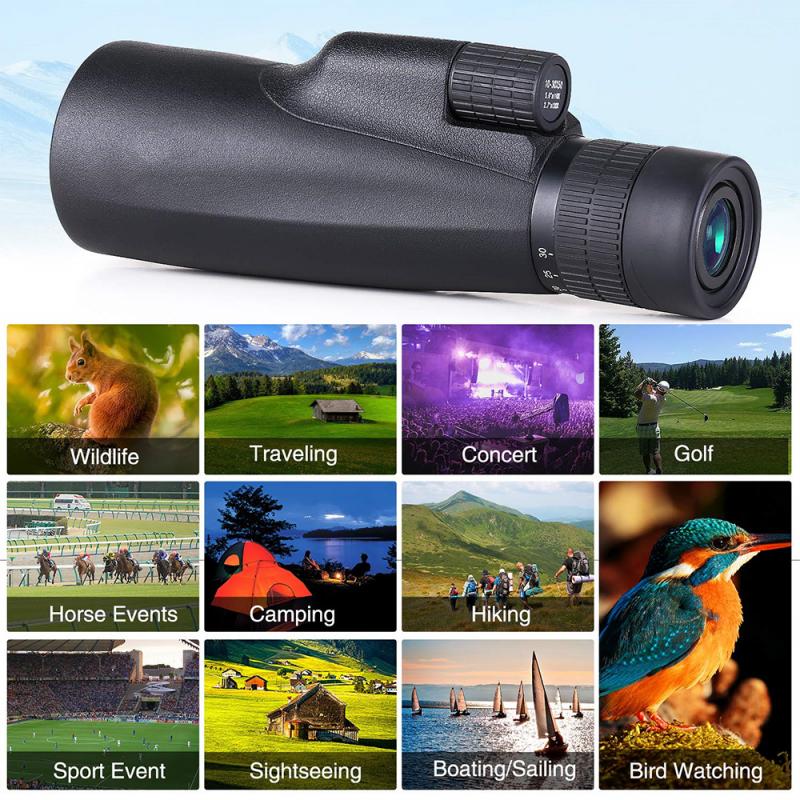
2、 Interposition: Overlapping objects indicate depth.
Interposition, also known as overlap, is a monocular cue for depth perception. It refers to the visual phenomenon where one object partially blocks or overlaps another object. When an object partially obstructs our view of another object, we perceive the obstructed object as being farther away. This is because we assume that objects that are closer to us would block our view of objects that are farther away.
Interposition is a powerful cue for depth perception as it provides us with important information about the relative positions of objects in our visual field. By analyzing the degree of overlap between objects, our brain can make accurate judgments about their distances from us. This cue is particularly useful when there are no other depth cues available, such as when viewing a two-dimensional image or a scene with limited visual information.
From a recent point of view, research in the field of depth perception has shown that interposition is not the only monocular cue for depth perception. Other monocular cues include relative size, texture gradient, linear perspective, and motion parallax. These cues work together to provide us with a rich perception of depth and distance in our environment.
Furthermore, advancements in technology, such as virtual reality and augmented reality, have allowed for more immersive and realistic depth perception experiences. These technologies simulate various depth cues, including interposition, to create a sense of depth and distance in virtual environments.
In conclusion, interposition is a monocular cue for depth perception that helps us perceive depth by analyzing the overlap between objects. While it is an important cue, it is not the only one, and our perception of depth is a result of the integration of multiple cues.
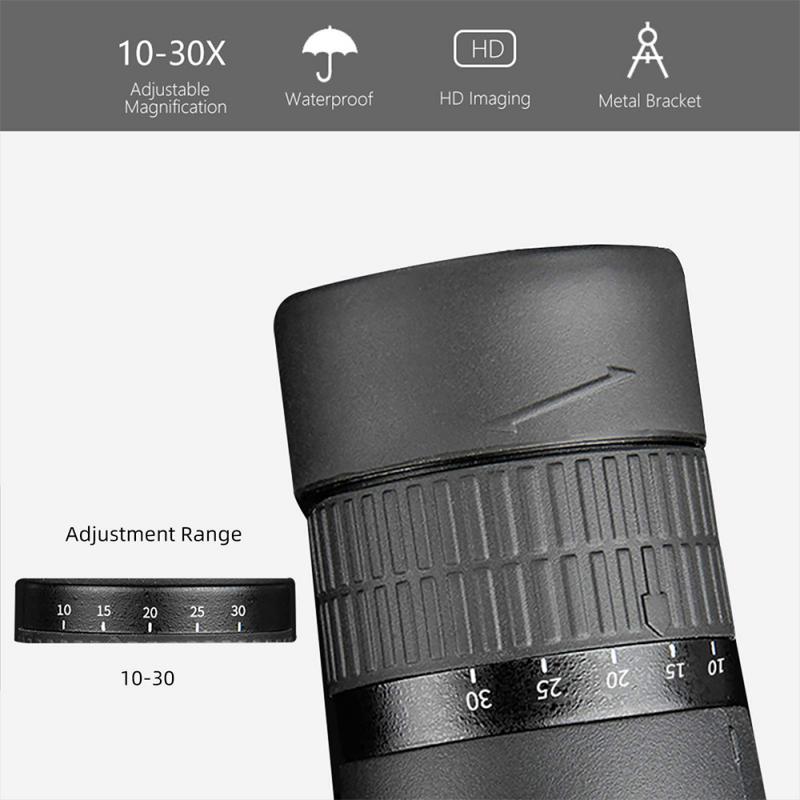
3、 Texture gradient: Details become less distinct with increasing distance.
Texture gradient is a monocular cue for depth perception that refers to the change in the appearance of a texture as it extends into the distance. It is based on the observation that as objects recede into the distance, the details of their texture become less distinct.
When we look at objects up close, we can see their fine details and textures clearly. However, as objects move further away, the texture appears to become smoother and less detailed. This is because the individual elements of the texture, such as lines or dots, become smaller and closer together as they recede into the distance. As a result, our brain interprets this change in texture as an indication of depth.
Texture gradient is particularly useful in perceiving depth in natural scenes where there is a gradual change in texture. For example, when looking at a field of grass, the blades of grass near us are clearly visible and distinct, but as we look further into the distance, the individual blades blend together, creating a smoother texture.
From a recent point of view, advancements in technology have allowed researchers to study the neural mechanisms behind texture gradient and depth perception. Neuroimaging techniques, such as functional magnetic resonance imaging (fMRI), have revealed that specific areas of the brain, such as the visual cortex, are involved in processing texture gradient information. These findings have contributed to our understanding of how the brain processes visual cues for depth perception.
In conclusion, texture gradient is a monocular cue for depth perception that relies on the observation that details become less distinct with increasing distance. It is an important visual cue that helps us perceive depth and navigate our environment accurately.
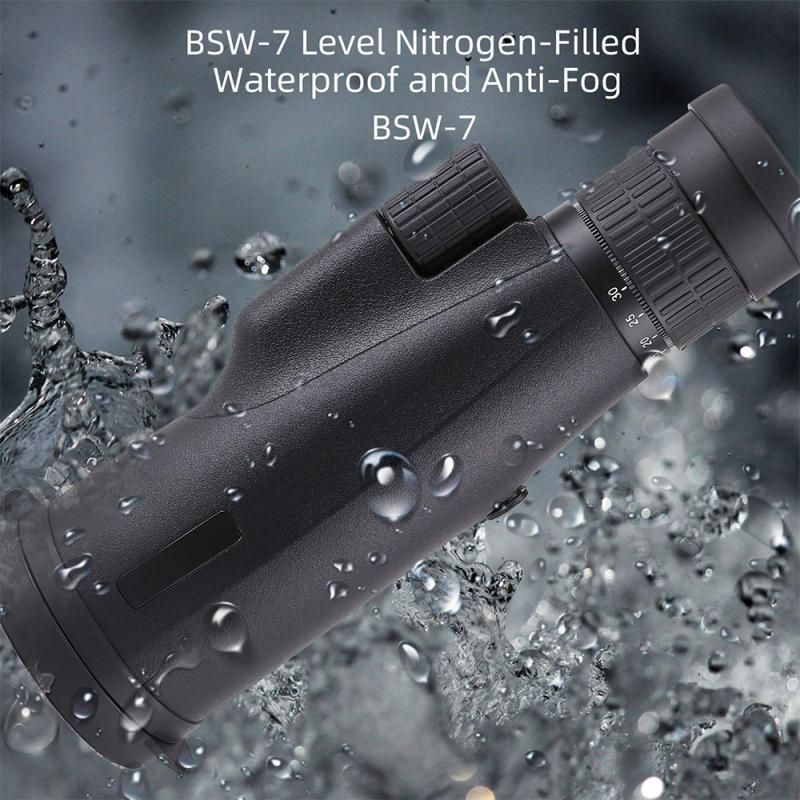
4、 Linear perspective: Parallel lines converge in the distance.
Linear perspective is a monocular cue for depth perception that refers to the phenomenon where parallel lines appear to converge in the distance. This cue provides important visual information that helps us perceive depth and distance in a two-dimensional image or scene.
When we look at a scene with parallel lines, such as a road or railway tracks, the lines appear to converge as they extend into the distance. This convergence creates a sense of depth and distance, allowing us to perceive objects as being farther away. The point at which the lines appear to meet is called the vanishing point.
Linear perspective works because of our understanding of how parallel lines behave in space. We know that parallel lines do not actually converge in reality, but our brain interprets the convergence as a depth cue. This cue is particularly useful when viewing two-dimensional images or paintings, as it helps create a sense of three-dimensionality.
In recent years, advancements in technology have allowed for the creation of more immersive virtual reality experiences. These experiences often rely on linear perspective cues to create a realistic sense of depth and distance. By accurately rendering parallel lines and their convergence, virtual reality systems can trick our brain into perceiving depth, enhancing the overall sense of presence and immersion.
Overall, linear perspective is a powerful monocular cue for depth perception that plays a crucial role in our ability to perceive and navigate the three-dimensional world around us.
